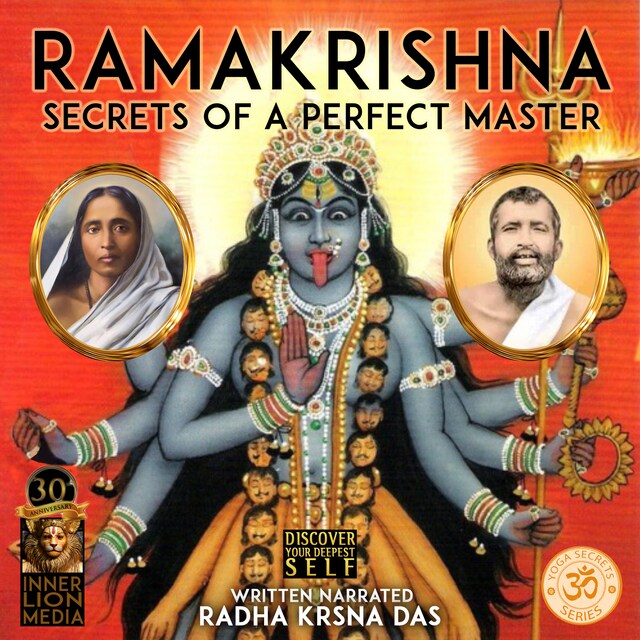
Ramakrishna
Description of book
Ramakrishna was an Indian Hindu mystic and religious leader, who lived in 19th-century Bengal. Ramakrishna approached his religious life through the path of devotion to the Goddess Kali, and by the observance of various elements from Tantra, Vaishnav Bhakti, and Advaita Vedanta, as well as dalliances with Christianity and Islam. After earnest practice of various religious traditions, he held that the world's religions represented "so many paths to reach one and the same goal". His followers came to regard him as a divine incarnation, as did some of the prominent scholars of his day.
Ramakrishna started his spiritual journey as a priest at the Dakshineshwar Kali Temple. Soon his mystical temperament gained him widespread acknowledgment amongst the general public attracting to him various religious teachers, social leaders, Bengali elites, and common people alike; he eventually taught his disciples, who later formed the monastic Ramakrishna Order. After his death, his chief disciple Swami Vivekananda popularized his ideas and founded the Ramakrishna Math, which provides spiritual training for monastics and householder devotees, and the Ramakrishna Mission, to provide charity, social work, and education.
Sarada Devi was the wife of Ramakrishna. Devi is also reverentially addressed as the Holy Mother by the followers of the Sri Ramakrishna monastic order. She played an important role in the growth of the Ramakrishna Movement.


